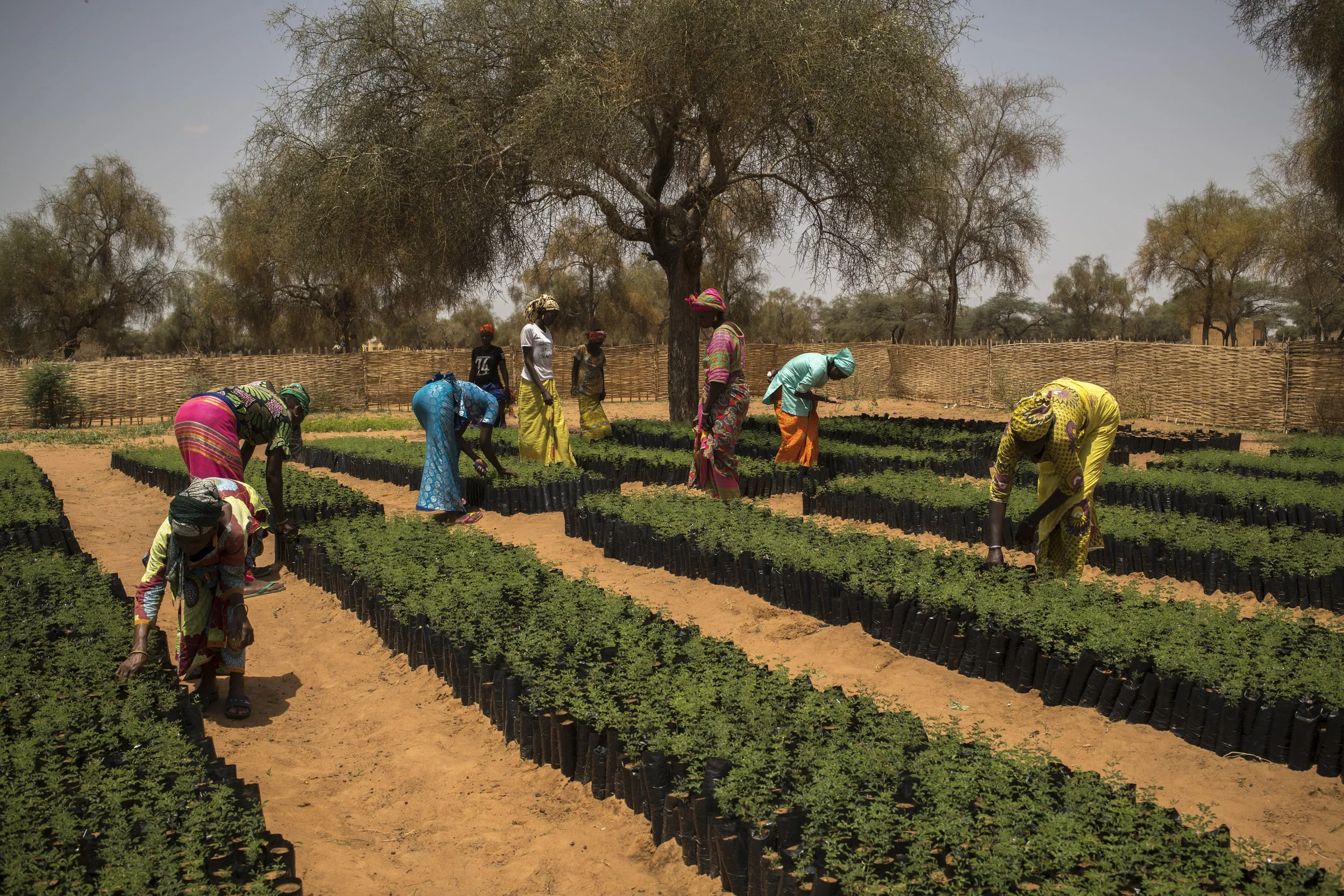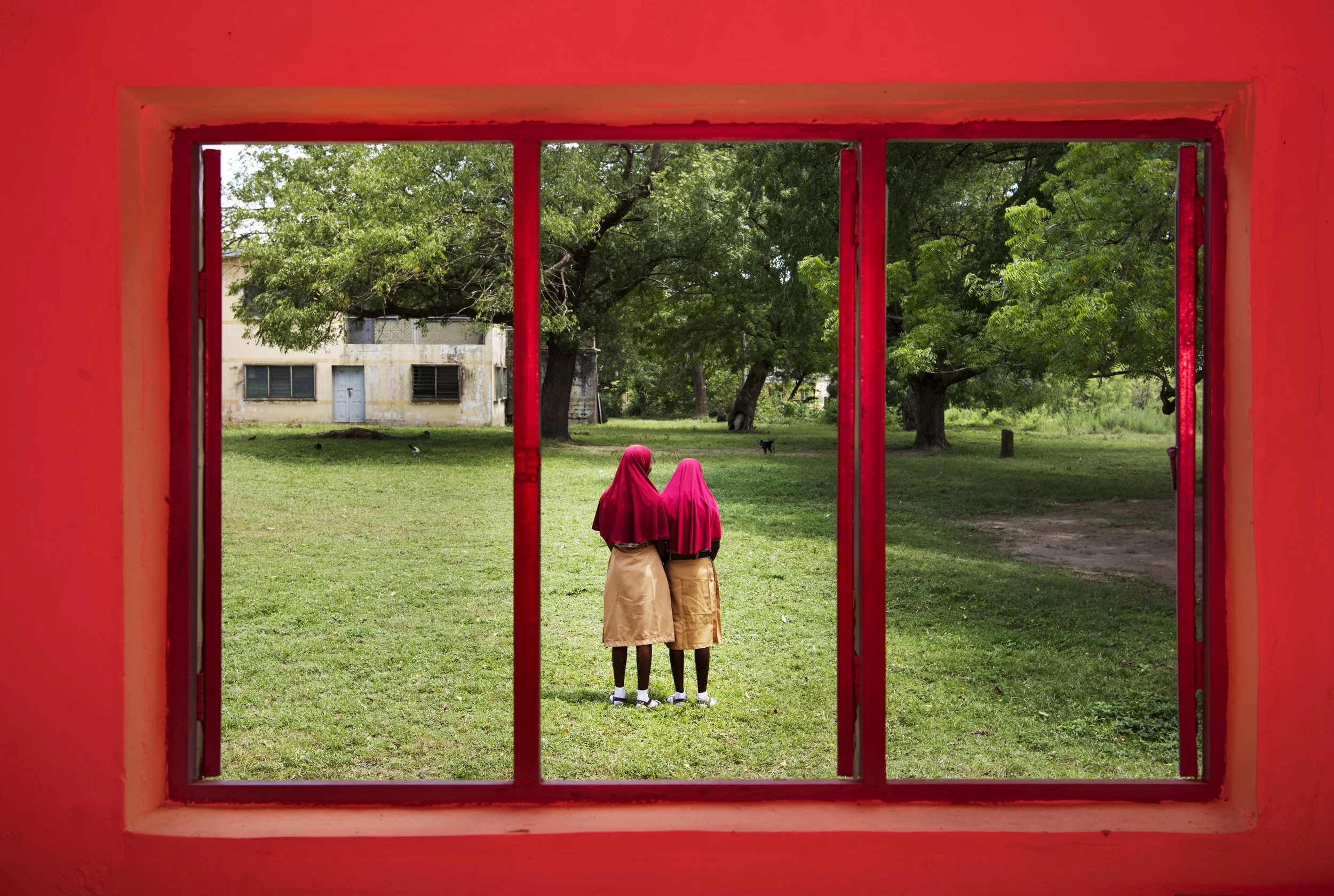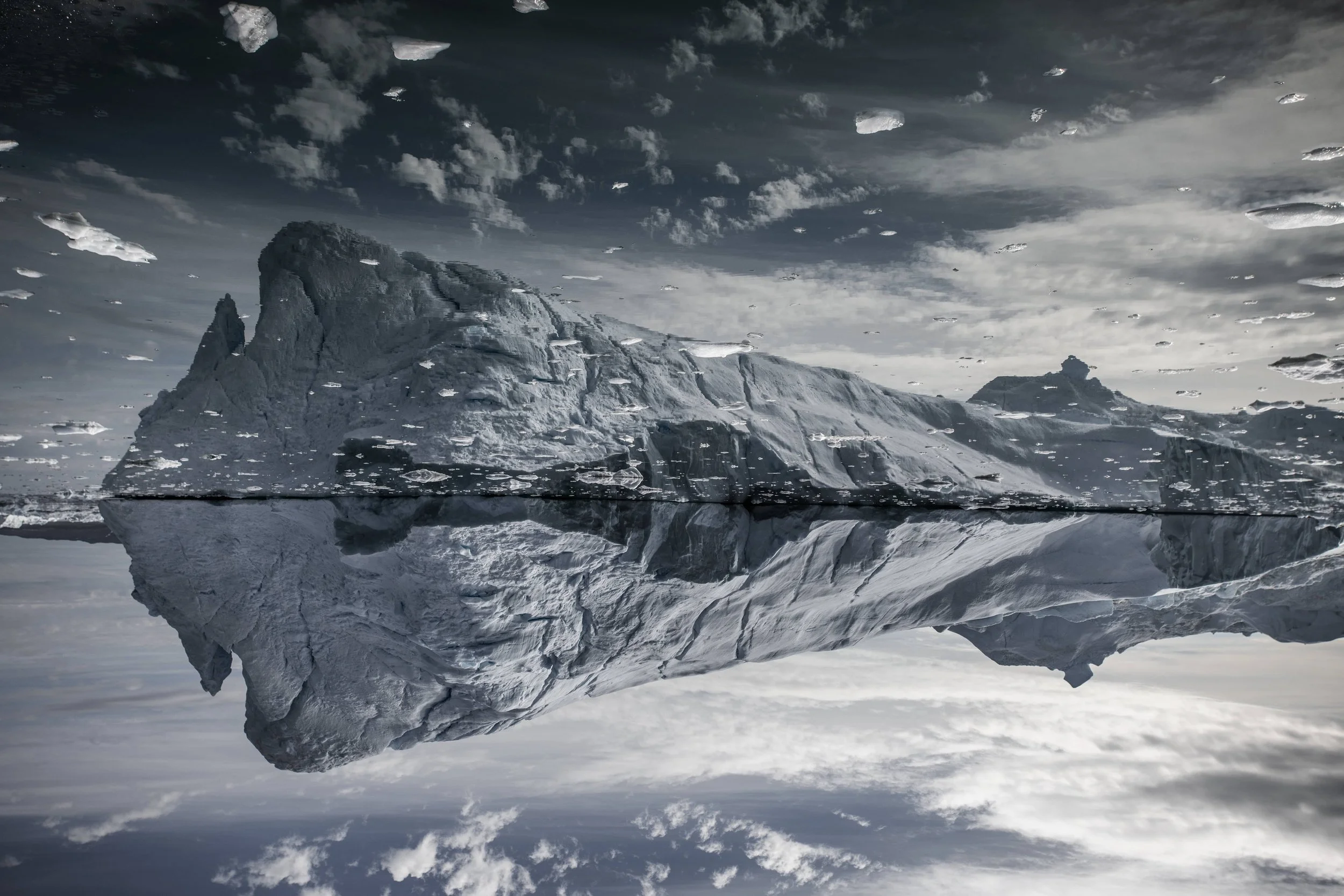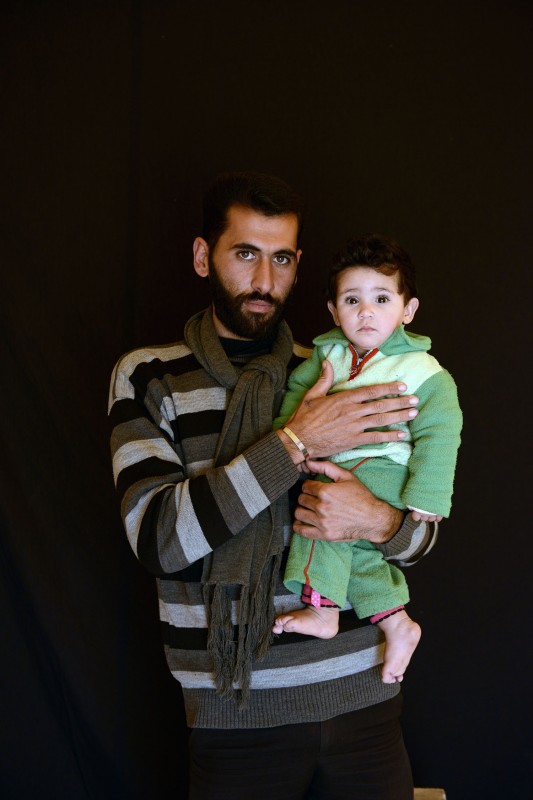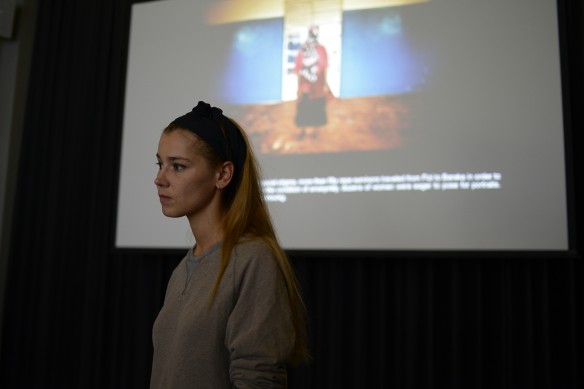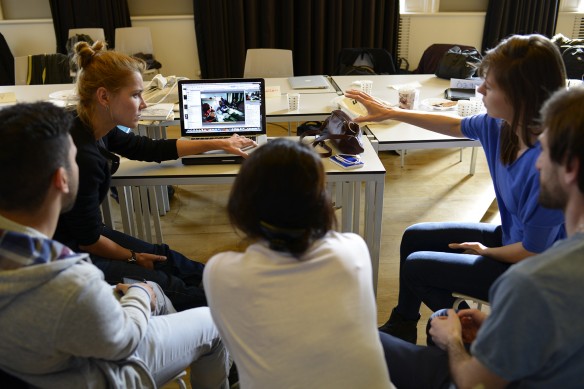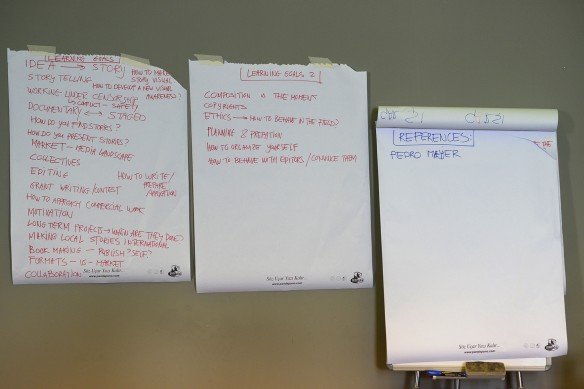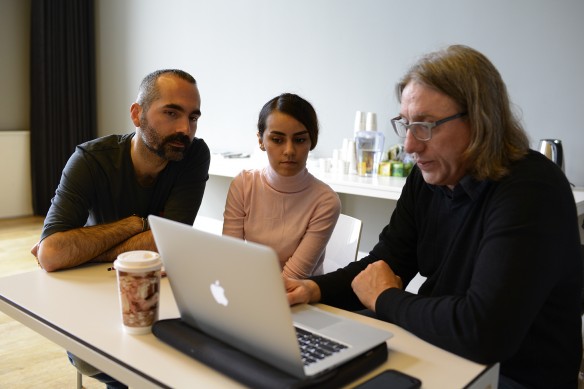On the third day of the NOOR-NIkon Masterclass for Documentary Photography in Istanbul, our participants learned about being sensitive and compassionate storytellers.
“As photographers we have a big responsibility to inherit the stories of the people that we photograph," explained Benedicte Kurzen during her presentation. "We have to ask ourselves how we represent the countries that we are covering and realize what is the perception at the end of the road for the audience back home.”
“I feel that I am kind of close to you guys in a way. I am 34 and I have been shooting for about 11 years now," she said. "I see that you are having the same questions that I am having sometimes.”
She first showed a personal body of work about eight years of South Africa, the country she recently left to move to Nigeria. Benedicte, who moved away from home when she was 17 and moved to Palestine when she was 23, said that she sometimes still struggles to understand where she belongs and how she participates and observes in the places she lives and works.

"I also realized that the way people perceive you plays an important role," she said. "For example, in South Africa, white people are sometimes still associated with apartheid. For me humbleness and respect are therefore key.”
When discussing how to work with editors, Benedicte stressed that if photographers have knowledge that editors might not have, they need to communicate it. “You know your country better that any editor who sits in an office in New York, London or Paris,” she said.
You should never say "no" to an editor, Stanley Greene added, but personal vision is critical. Ideas often come from the text department, but aren’t always visual, he said, which is why you need to explain beforehand how you see the story and how you want to shoot and visualize it.
The group continues to learn a lot and have a great time at the masterclass!

Images by Frank Zuidweg.



